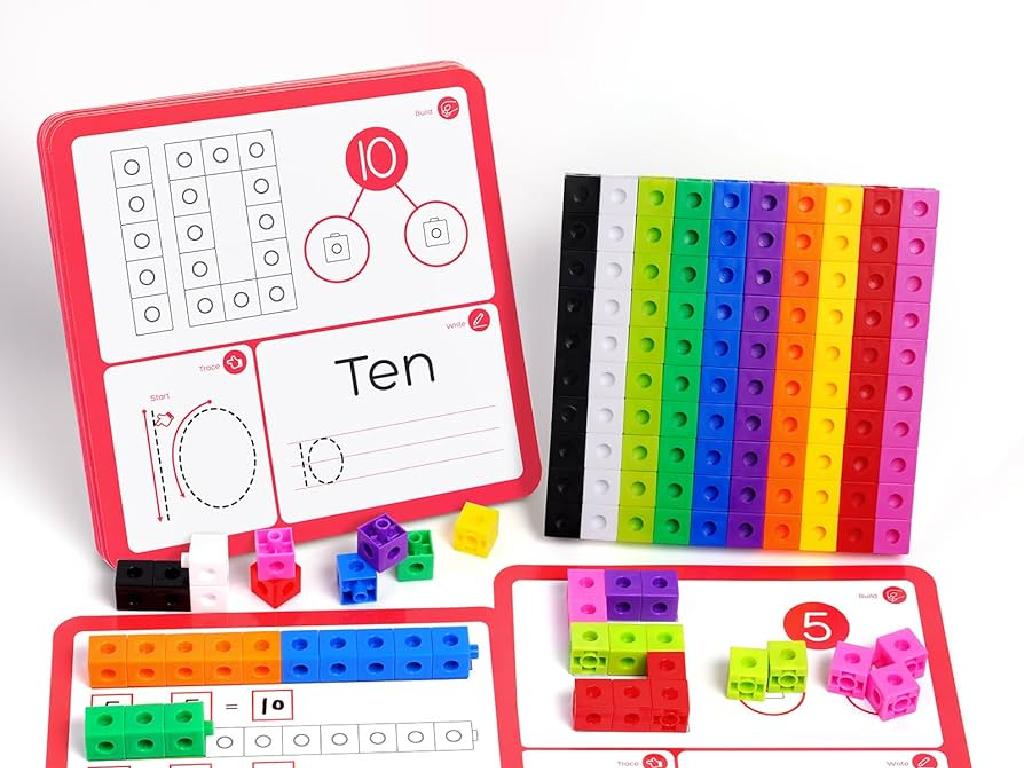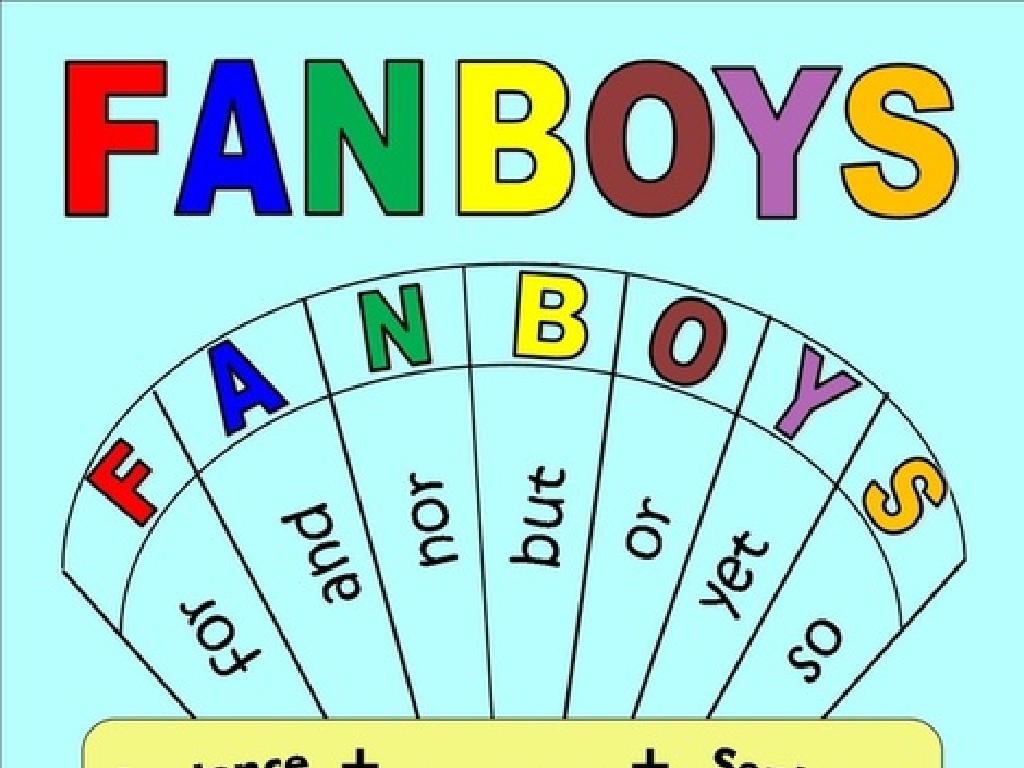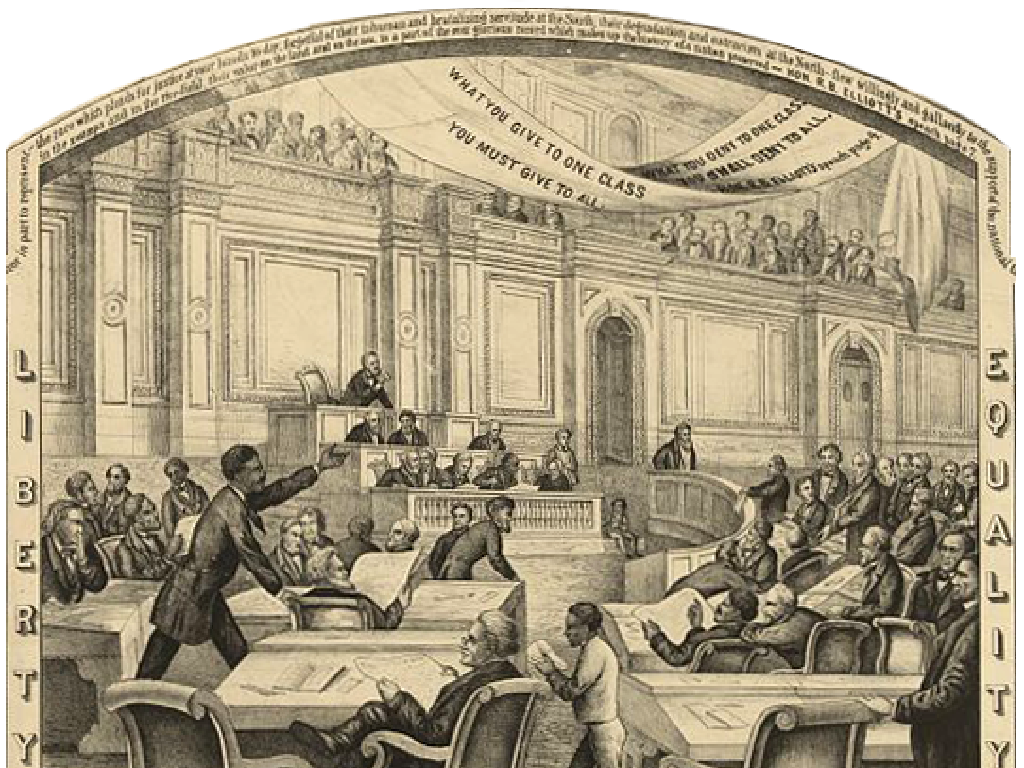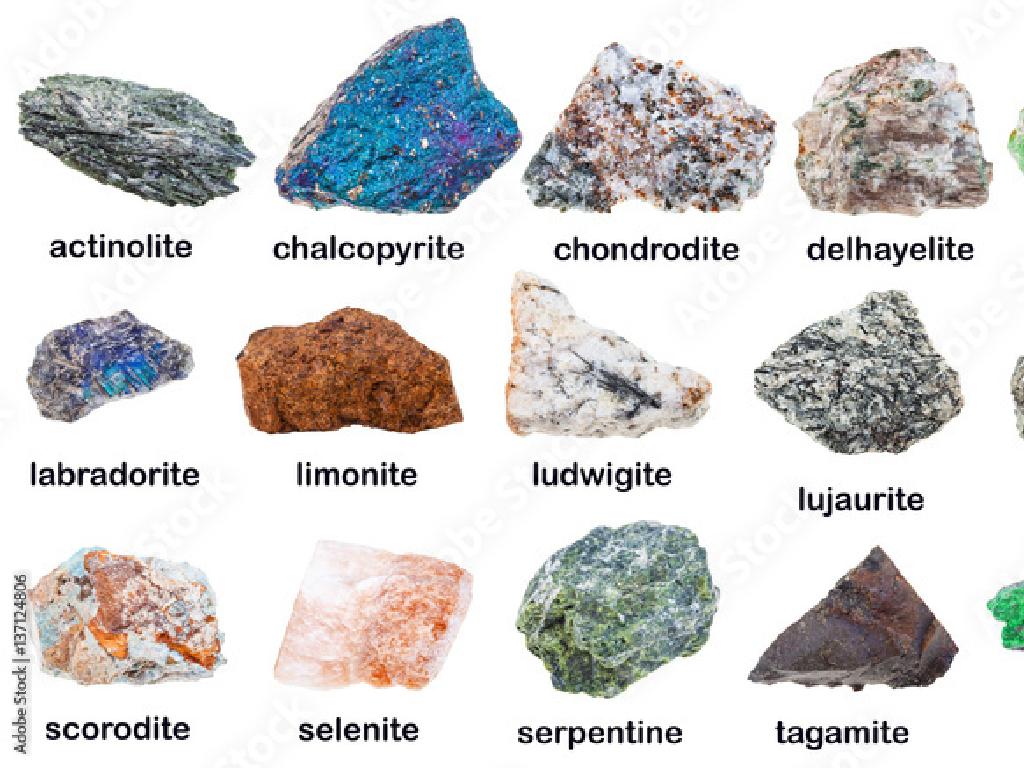Estimate Sums
Subject: Math
Grade: Second grade
Topic: Estimation And Rounding
Please LOG IN to download the presentation. Access is available to registered users only.
View More Content
Welcome to Estimation!
– Learn what estimation is
– Estimation is a quick way to find an approximate number.
– Discover why estimation is useful
– It helps us make fast decisions and check our work.
– See how we use estimation daily
– Like guessing the total cost while shopping or time needed for a trip.
– Practice estimating sums
|
Today’s lesson introduces the concept of estimation, which is a fundamental skill in mathematics and daily life. Estimation allows us to quickly find an approximate number without needing an exact answer. It’s particularly useful when an exact number isn’t necessary, or when we need to make a quick decision. For example, we often estimate the total cost of items when shopping to ensure we stay within budget, or the time it might take to travel somewhere so that we can plan our day. During the lesson, engage the students with real-life scenarios where they might need to estimate. Then, move on to practicing estimation with sums, using simple addition problems that the students can relate to. Encourage the students to share how they might use estimation outside of the classroom as well.
Understanding Estimation
– Estimation is like a smart guess
– Think of estimation as guessing the number of candies in a jar!
– It’s about finding a close number
– If you have 453 + 289, you can round to 450 + 290 = 740
– Used when exactness isn’t needed
– Like when you’re in a hurry and need a quick answer
– Helps in quick and easy calculations
|
This slide introduces the concept of estimation, which is a fundamental skill in mathematics, especially useful when precision is not crucial. Estimation helps students to quickly find a number that is ‘good enough’ for the situation. It’s important to convey that estimation is not about finding the exact answer, but rather a close approximation that is reasonable and within a certain range. Encourage students to think of times when they have made estimates in their daily lives, such as guessing the number of objects in a container or the time needed to complete a task. Use examples that are relatable to second graders, such as estimating the number of apples in a basket or the number of pages in a book. This will help them understand the practicality and usefulness of estimation in everyday situations.
Why Estimate Sums?
– Quick decision-making tool
– Check reasonableness of answers
– After solving, compare estimate with actual to see if it’s close.
– Save time with non-critical exactness
– Use when shopping or in a hurry.
– Simplify complex calculations
– Round numbers to nearest 10, then add.
|
Estimation is a valuable skill in math, especially when dealing with large numbers or when a quick decision is needed. It helps students to develop number sense and to understand the relative size of numbers. By rounding numbers to the nearest ten or hundred, students can quickly add them to get an approximate sum. This skill is not only useful in academic settings but also in everyday life, such as when shopping or planning time. Encourage students to practice by estimating sums in various scenarios and checking their work with actual calculations to see how close they can get.
Rounding Numbers to Estimate Sums
– Understanding rounding basics
– Rounding means finding the nearest ten or hundred to a number.
– Purpose of rounding numbers
– Rounding makes numbers simpler to work with.
– Rounding to the nearest ten
– If a number ends in 5, 6, 7, 8, or 9, round up. Ends in 1, 2, 3, or 4, round down.
– Using rounding to estimate sums
– After rounding numbers, we can easily add them to estimate the total sum.
|
This slide introduces the concept of rounding as a foundational skill for estimating sums. Begin by explaining that rounding is a way to simplify numbers, making them easier to work with, especially when adding large numbers. Emphasize that rounding to the nearest ten is a practical skill they will use often. Provide examples of rounding both up and down, depending on the last digit of the number. Then, show how these rounded numbers can be quickly added together to get an estimated sum. Encourage students to practice with real-life examples, such as estimating the total cost of items when shopping.
Rounding to the Nearest Ten
– Look at the number right of tens
– If it’s 5 or more, round up
– Numbers like 34 become 30, 38 becomes 40
– If less than 5, keep the same
– Numbers like 42 stay 40, 21 stays 20
– Practice with examples together
– Use examples: 24 (rounds to 20), 57 (rounds to 60)
|
This slide introduces the concept of rounding numbers to the nearest ten, which is a foundational skill in estimation. Start by explaining the importance of the digit in the ones place and how it determines whether the tens place increases or stays the same. Provide clear examples, such as rounding 34 down to 30 because the number in the ones place (4) is less than 5, and rounding 38 up to 40 because the number in the ones place (8) is 5 or more. Encourage students to practice with multiple examples and to explain their thinking process. This will help solidify their understanding of rounding and prepare them for estimating sums in future lessons.
Let’s Practice Rounding!
– Round 24 to the nearest ten
– Is 24 closer to 20 or 30?
– Round 67 to the nearest ten
– Is 67 closer to 60 or 70?
– Share your answers with a partner
– Discuss how you got your answers
– Talk about the steps you took to round
|
This slide is designed to engage students in a rounding activity to help them estimate sums. Start by explaining that rounding numbers makes them easier to work with, especially when estimating. For 24, guide students to see if it’s closer to 20 or 30, and similarly for 67, whether it’s closer to 60 or 70. Encourage students to share their rounded numbers with a partner and discuss their thought process. This peer interaction helps solidify their understanding of rounding. As a teacher, walk around the classroom to listen to discussions and provide guidance where necessary. Offer praise for correct answers and gently correct any misunderstandings. This activity not only teaches rounding but also fosters communication and reasoning skills.
Estimating Sums with Rounding
– Understanding estimation
– Round numbers before adding
– If we have 34 + 56, we round to 30 + 60
– Add the rounded numbers
– After rounding, we add: 30 + 60 = 90
– Practice with examples
– Try estimating 47 + 18 by rounding first
|
This slide introduces the concept of estimating sums by rounding numbers before adding them. It’s important for students to grasp that estimation is a useful skill for quickly determining an approximate answer without needing the exact sum. Start by rounding each number to the nearest ten, and then add those rounded numbers together. Provide several examples and encourage students to practice rounding and then adding to estimate the sums. This will help them develop a quicker, more efficient approach to solving addition problems when an exact answer isn’t necessary.
Estimating Sums by Rounding
– Learn to estimate a sum
– Round numbers to the nearest ten
– If a number ends in 1-4, round down. Ends in 5-9, round up.
– Add the rounded numbers together
– After rounding, combine the numbers for an estimate.
– Understand the estimated sum
– This gives a close idea of the actual sum without exact calculation.
|
This slide introduces the concept of estimation, a fundamental skill in mathematics that allows students to quickly find an approximate sum. Start by explaining the purpose of estimation and when it might be useful, such as making quick calculations in their heads or when an exact number isn’t necessary. Demonstrate rounding to the nearest ten by using the numbers 23 and 58 as examples, showing that 23 rounds down to 20 and 58 rounds up to 60. Then, guide the students to add the rounded numbers to find the estimated sum, which in this case is 80. Emphasize that the goal is to get a number that is close to the actual sum, which helps in making quick and reasonable decisions or checks in everyday situations.
Your Turn to Estimate!
– Estimate sum: 45 + 37
– Round to nearest ten: 50 + 40 = 90
– Estimate sum: 19 + 66
– Round to nearest ten: 20 + 70 = 90
– Write estimates on worksheet
– Share your estimates with the class
|
This slide is an interactive activity for students to practice estimation. Start by explaining that estimating means finding a number close to the exact amount. Demonstrate rounding each number to the nearest ten and then adding them together. For 45 + 37, show that 45 rounds to 50 and 37 rounds to 40, making the estimated sum 90. Do the same with 19 + 66, rounding to 20 and 70 respectively. Encourage students to write their estimates on their worksheets and then share with the class. This will help them understand the concept of estimation and practice mental math. Provide guidance and positive feedback as they work through the activity.
Class Activity: Estimation Station
– Stations with estimation problems
– Work in pairs to solve problems
– Round numbers before adding
– If you have 34 + 56, round to 30 + 60 first
– Estimate the sum together
|
Set up various stations around the classroom, each with a different set of addition problems for students to estimate the sum. Students will work in pairs to encourage collaboration and discussion, which will help them understand the concept of estimation better. Remind them to round the numbers to the nearest ten to simplify their addition, which is a crucial step in estimation. For example, if the problem is 34 + 56, they should round it to 30 + 60 before adding to get an estimated sum of 90. After completing the problems at each station, pairs can share their estimates with the class to compare results and methods. Possible activities at different stations could include estimating the cost of groceries, the total number of marbles in jars, or the combined length of objects. This hands-on activity will help solidify the concept of estimation in a fun and interactive way.
Estimation and Rounding: Review
– Recap: What is estimation?
– Estimation helps us find a number close to the exact answer.
– Rounding numbers to nearest ten
– If a number ends in 1-4, round down. Ends in 5-9, round up.
– Estimating sums with rounding
– Add the rounded numbers to estimate the total sum.
– Why estimation is useful
|
As we conclude, let’s review the key concepts. Estimation is a math strategy used to find a number close to the exact answer, which is especially useful when we need a quick calculation without needing the precise number. We round numbers to the nearest ten by looking at the ones place: numbers ending in 1 to 4 are rounded down to the nearest ten, while numbers ending in 5 to 9 are rounded up. To estimate sums, we add together the rounded numbers. This technique is helpful in everyday situations like shopping or making quick decisions. Encourage students to practice by estimating sums of items around the classroom or at home.
Homework Challenge: Estimating Sums
– Practice estimating sums on worksheet
– Explain your estimation process at home
– Share how you guessed the sums with family
– Note down any questions for class
– Write down what you find tricky or confusing
– Bring your completed worksheet
|
This homework assignment is designed to reinforce the concept of estimation taught in class. Students are to use the worksheet provided to practice estimating the sums of different numbers. They should try to articulate their thought process to someone at home, which will help solidify their understanding. Encourage students to be mindful of any difficulties they encounter and to write down any questions they may have. This will facilitate a more interactive and productive discussion in the next class. The teacher should prepare to address common issues that may arise and to praise students for their efforts in explaining their work to others.






